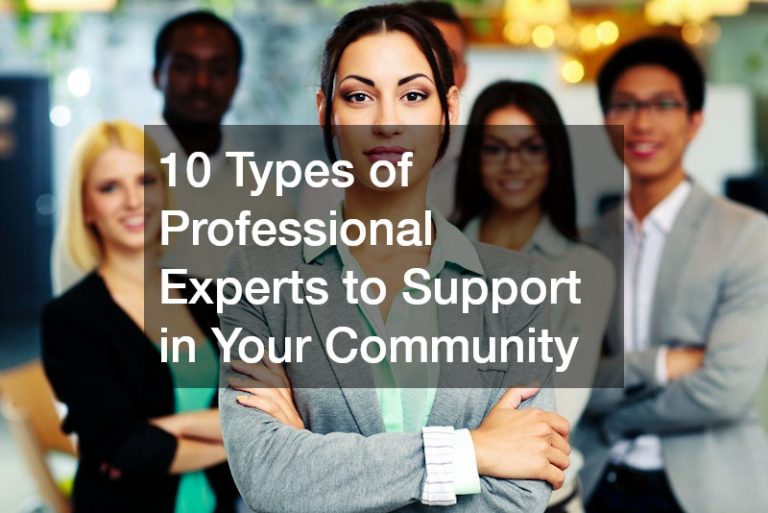Nonprofit organizations are prime targets for hackers because they know these organizations have funds. Nonprofit organizations receive donations from private foundations and individuals. They also hold fund-raising activities. They do make a profit sometimes when they have surplus funds. They are exempt from paying taxes; therefore, all their income goes into their budget for charitable services and overhead costs.
Unlike for-profit companies, nonprofits have no owners or investors who gain from their surplus. All of it must go to the people they serve. Almost all or 92 percent of these organizations are small and serve the grassroots with less than a million annual budgets. About 88 percent of them have budgets of less than $500,000. They squeeze everything they can from these funds to serve the needy. It is a shame if black hats steal these.
What Nonprofits Do
The NonProfit Impact Matters report of the National Council of Nonprofits notes that 1.3 million nonprofit charities in the United States provide food, health, shelter, and education, as well as other services on human rights, culture, and the environment for people of various ages, genders, and socioeconomic statuses.
Most of them focus on the marginalized and underserved sectors, though, in urban and rural areas. They nurture, inspire, enlighten, and strengthen communities to create more equitable environments and thrive in them, promoting leadership and civic engagement. They develop management skills and reinforce democracy by training community members in collaborative problem-solving and encouraging them to actively engage with each other.
According to a study by Marsh & McLennan, as of 2018, nonprofit organizations made shelter available for more than 200,000 elderly persons and 670,000 foster children in the U.S. Their food banks fed more than 46 million Americans.
Economic Contributions of Nonprofits
As of 2016, non-profit organizations had two trillion dollars of annual spending, creating a huge benefit for the economy. They spent half of it on purchasing goods and services used in their operations, such as medical equipment and supplies for clinics or kitchen equipment and food for feeding programs. They also have overhead costs such as rent, utilities, and insurance for offices, clinics, daycares, feeding stations, and other places where they provide their services.
They employed 12.3 million people, making up more than 10 percent of the U.S. private workforce at that time. They have the personnel for administrative, accounting, information technology (IT), research, training, and other departments. They spent more than $826 billion annually for salaries, benefits, and tax payments. This is higher than the payrolls of other big players in the U.S. industry, such as the finance, construction, and transportation sectors.
Nonprofit organizations implement education and training programs that give many Americans the skills to avail of opportunities to join the workforce. Nonprofit childcare services give parents the capability to work full-time.
How Nonprofits Are Funded
Nonprofits earn about half or 49 percent of funds from their services. They do have paid services that support their free services. Because this is not enough, they also receive 31.8 percent of their income from the government through government contracts and grants. Donations from private individuals make up 10.2 percent of their funds, and donations from foundations and corporations make up 3.8 percent. Finally, their fundraising activities and income from investments fill in the remaining 5.2 percent.
The larger nonprofit organizations, such as healthcare and educational institutions, get more funds from their earnings. Nonprofits that provide human services like healthcare also get government subsidies. Small and medium-sized nonprofits that focus their work on the environment, animal welfare, the humanities, culture, and arts rely more on grants and donations from foundations and individuals.
Securing Digital Assets

In today’s world, even if the funds are in the bank, they are not safe from digital thieves. Hackers can quickly transfer funds meant for needy sectors into their own accounts. Because banks have tight security, hackers can do this through nonprofit organizations themselves. If there are no digital security measures in place, the organization is vulnerable.
According to the Forbes Nonprofit Council, nonprofits must move their data to cloud services and hire professionally managed services with high security. They must ask these experts to conduct comprehensive training throughout their organization to ensure security compliance.
Personnel must be warned to strictly follow protocol because a single password from an individual can open the door for hackers. To also minimize such exposure, nonprofits must compartmentalize access to sensitive data based on a need-to-know basis.
Nonprofits must choose cloud services that have continuous and unlimited data backup and retention. This will ensure that no data will be lost if a breach happens, and work can immediately resume. Likewise, it is essential to archive social media activities in real-time. Hence, the organization has complete documentation of posts, comments, shares, and reactions from when the account was set up.
In case the account is hacked or taken down, it will have its records intact. This is vital because social media is a valuable channel of nonprofits to both the sectors they serve and the sponsors who fund them.
Nonprofits Are Social Treasures
Nonprofits are extremely valuable to society. Their existence proves that governments cannot do everything by themselves without collaboration from civil society. Because of this, nonprofits must take extra care of the trust society puts in them.







